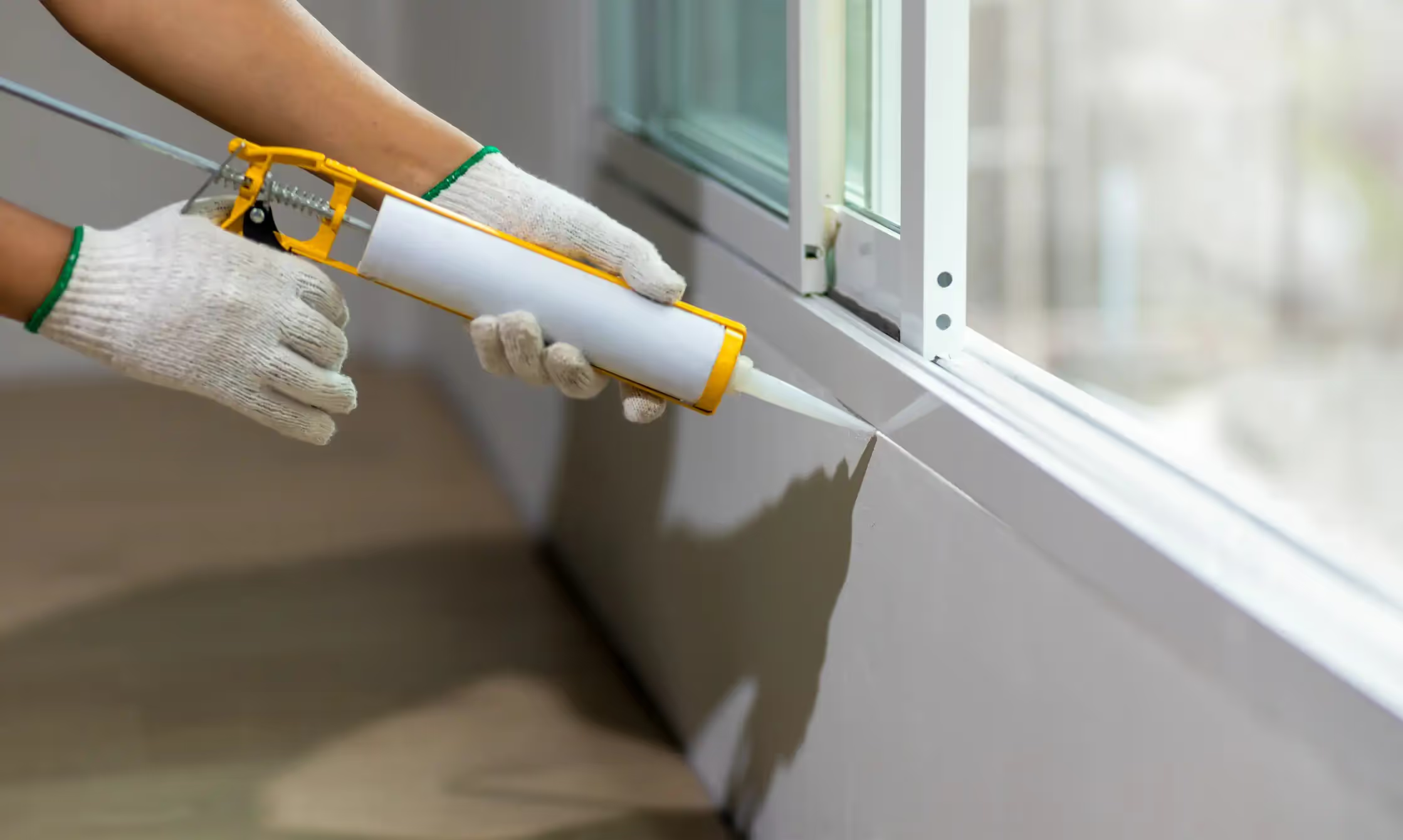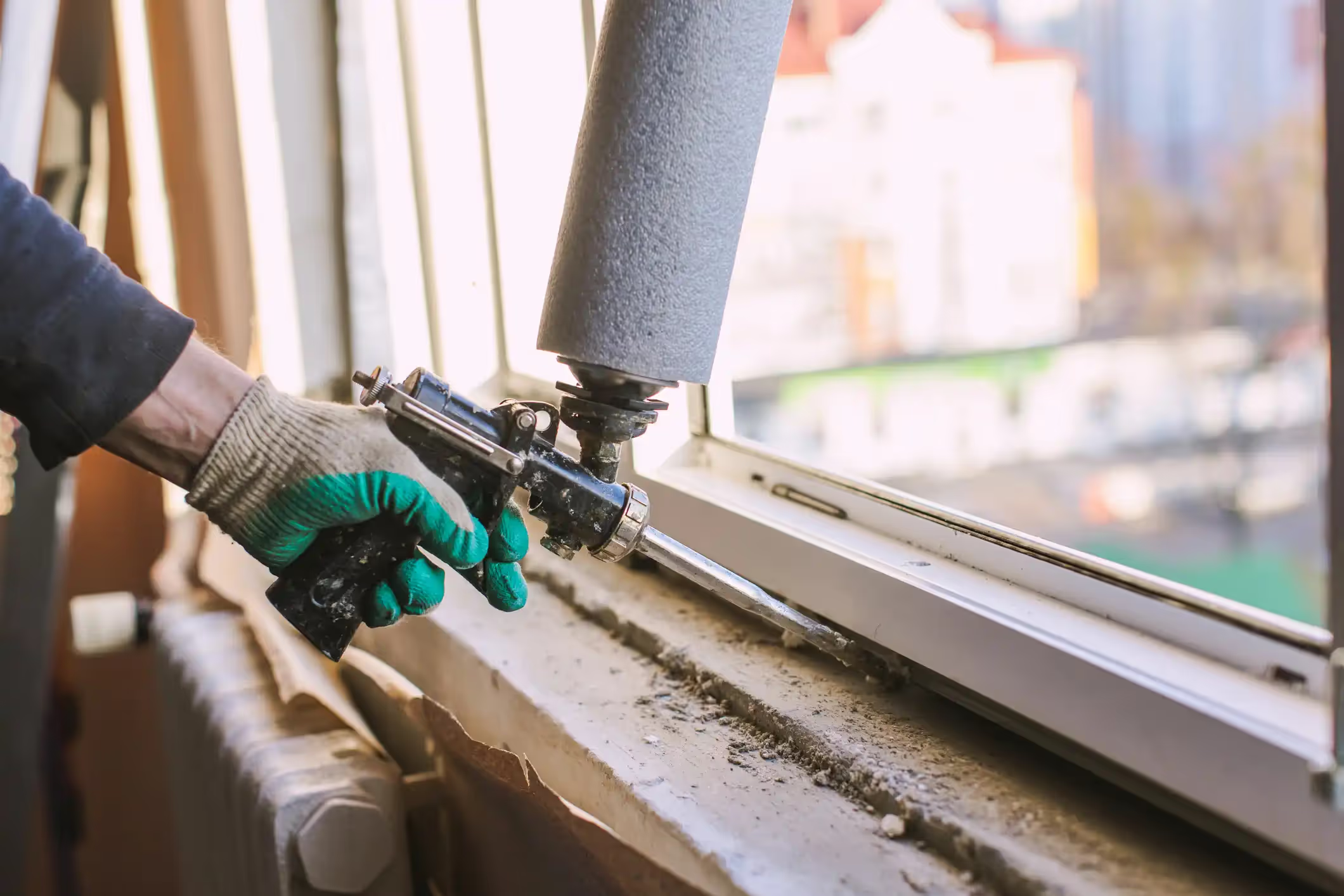

Window Sealing in Shady Grove, TX
Improve energy efficiency and keep pests out for good. Window sealing in Shady Grove, TX by Spot On Pest Control, LLC. Book your sealing service today.

Proper window sealing is one of the highest-impact improvements you can make to comfort and energy efficiency in Shady Grove, TX homes. Whether you notice drafts, fogging between panes, or high cooling bills during hot, humid summers, addressing failing seals and air gaps restores performance, prevents moisture intrusion, and helps HVAC systems run less. This page explains common window sealing issues in Shady Grove, TX , how inspections work, the types of sealants used, the installation process, expected seal lifespan, and simple maintenance tips to keep windows tight and dry.
Why window sealing matters in Shady Grove, TX
Grove experiences hot, humid summers with strong solar exposure and occasional storms. Those conditions accelerate seal and weatherstripping wear: UV breaks down sealants, thermal expansion and contraction stress seals, and humidity increases the risk of condensation and mold when seals fail. Proper sealing:
- Reduces uncontrolled heat gain in summer and heat loss in winter
- Eliminates drafts and improves indoor comfort
- Prevents moisture intrusion that leads to rot and interior damage
- Lowers HVAC runtime and energy costs by improving overall building envelope performance

Common window sealing issues in Shady Grove, TX
Homeowners typically need sealing services for a handful of recurring problems:
- Failed insulated glass unit (IGU) seals — visible fogging or condensation between panes indicates a lost hermetic seal.
- Exterior joint gaps — deteriorated exterior caulk or dried-out sealant where the window meets siding or brick.
- Sash and frame air leaks — worn weatherstripping or gaps around operable sash hardware.
- Rot and water infiltration — moisture driven behind frames by storm wind or poor flashing.
- Thermal break deterioration — older frames losing insulating performance due to degraded seals at joints.
Recognizing these early prevents bigger repairs. In Grove’s climate, small gaps that let humid air in can quickly lead to mold growth and wood damage.
Inspection and diagnostic process
A thorough inspection identifies visible and hidden failure points. Typical diagnostic steps:
- Visual check of interior and exterior seals, caulk lines, weatherstripping, and frame integrity.
- Look for condensation patterns — interior-side condensation vs. between-pane fogging signals different failures.
- Smoke or incense testing around seals and trim to find directed air leaks.
- Optional thermal imaging to reveal heat loss paths not visible to the eye.
- Moisture meter checks around sills and frames if water intrusion is suspected.
The inspection determines whether repair, resealing, or full IGU/window replacement is the most cost-effective solution.
Types of sealants and where we use them
Different materials suit different joints and purposes. Common sealants include:
- Silicone sealant — excellent UV resistance and flexibility; ideal for exterior perimeter joints and areas with heavy sun exposure.
- Polyurethane sealant — durable and strong adhesion to many substrates; best for movement joints and places requiring paintability.
- Butyl tape — used for glazing and insulating glass repairs; provides a compressible, long-lasting seal for certain frame systems.
- EPDM and rubber weatherstripping — used on operable sashes and sliding tracks to restore airtightness.
- Hybrid MS polymers — newer formulations combining elasticity and adhesion with good durability in variable climates.
Choosing the right material depends on substrate (vinyl, wood, aluminum), joint movement, UV exposure, and aesthetics.
Typical installation and resealing process
A clear, efficient installation process ensures lasting results. Steps usually include:
- Remove failed sealant and damaged caulk or weatherstripping carefully to protect frame and finish.
- Clean the joint and surrounding surfaces to remove dirt, mildew, and old residue so new materials adhere properly.
- Repair or replace rotten or damaged trim where moisture damage is present; ensure flashing is intact when needed.
- Apply primer if required by the sealant manufacturer for best adhesion.
- Install new sealant or weatherstripping to correct depth and profile, tooling smooth joints for water-shedding performance.
- Allow recommended cure time before exposure to heavy moisture or movement.
When IGUs are failing, options include replacing the sealed glass unit or, in some cases, resealing glazing beads—choice depends on unit condition and warranty status.
Expected lifespan of seals
Lifespan depends on material, installation quality, and local conditions:
- Interior weatherstripping: 5 to 10 years
- Exterior silicone or polyurethane joints: 7 to 20 years (UV exposure shortens life)
- IGU seals: 10 to 25 years depending on glass quality and edge seal construction
- Butyl tape and modern hybrid polymers: often 10+ years when applied correctly
In Grove’s strong sun and humidity, expect the lower end of these ranges unless UV-resistant products and proper shading are used.
Energy-efficiency and comfort benefits
Proper window sealing yields tangible benefits for Grove homeowners:
- Reduced drafts and thermal bridging improve perceived comfort year-round.
- Lower cooling loads in summer since less hot, humid air infiltrates conditioned space.
- Reduced condensation and mold risk, protecting indoor air quality and finishes.
- Extended lifespan of windows and surrounding building materials by stopping moisture-related damage.
Most homes see noticeable comfort improvements immediately after sealing work, with energy savings accumulating over time as HVAC runtimes drop.
Maintenance tips to extend seal life
Simple seasonal checks and maintenance can extend seal and window lifespan:
- Inspect exterior caulking and seams annually; touch up cracks before the rainy season.
- Keep tracks and weep holes clear of debris so water drains properly.
- Replace worn weatherstripping on operable sashes to maintain airtightness.
- Monitor for interior fogging between panes; fog means an IGU failure and early action prevents interior moisture problems.
- Trim landscaping that rubs against windows and provides constant moisture exposure.
- Use UV-resistant exterior paint or shade devices to reduce direct sun on seals where practical.
Regular, small investments in maintenance keep seals performing and reduce the likelihood of costly window or structural repairs.
Conclusion
Window sealing in Shady Grove, TX directly addresses the comfort, energy, and moisture challenges created by local climate — hot sun, humidity, and storms. A professional inspection identifies whether simple resealing, weatherstripping replacement, or IGU repair is the right path. Using durable, climate-appropriate sealants and following a clear installation and maintenance plan restores performance, prevents moisture intrusion, and helps manage energy costs while protecting your home.
Seal Out Drafts and Moisture With Smart Window Solutions Built for Grove’s Climate
Feeling the heat — or the humidity — creeping in through your windows? Window sealing in Shady Grove, TX by Spot On Pest Control, LLC tackles leaks, drafts, and failed seals with durable materials that hold up against sun, storms, and seasonal shifts. Whether it's replacing old caulk, refreshing weatherstripping, or restoring thermal performance, we help you reclaim comfort and cut cooling costs fast. In a climate like Grove’s, sealing now means fewer repairs later.
Choose Spot On Pest Control, LLC for Lasting Window Comfort and Energy Savings
Our Services
Our pest control services cover ants, termites, bed bugs, rodents, mosquitoes, and other common pests, with customized solutions for both residential and commercial properties.
.png)






